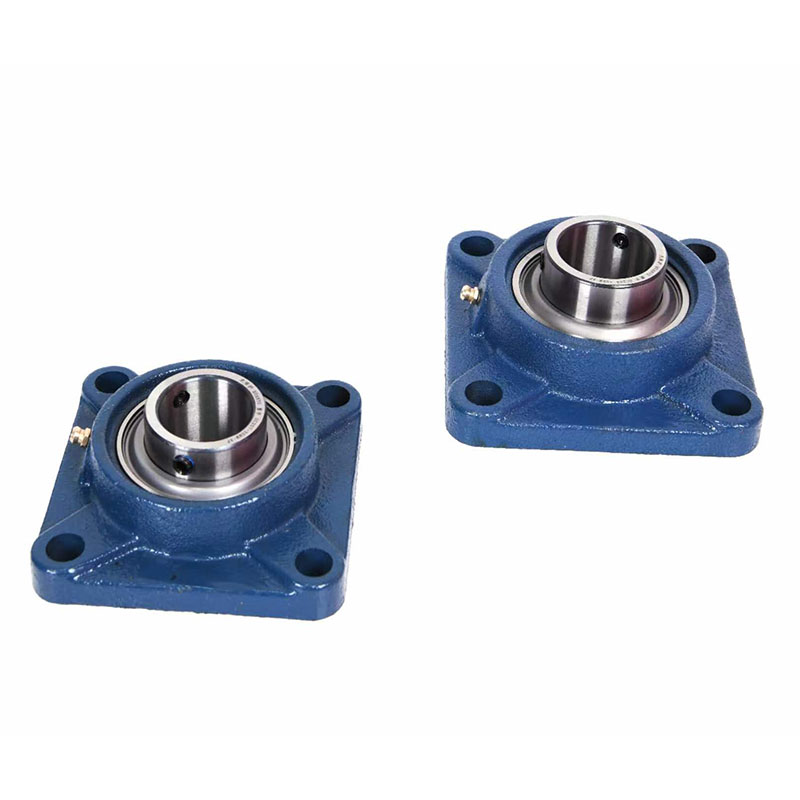Apr . 25, 2024 10:25 Back to list
Bearing Grease Intervals
Bearing regreasing interval time is an issue which tends to
be as much of an art as it is a science.
From the scientific end of the spectrum, greasing
intervals are dependent on bearing type, bearing
size, grease type, rotational speed and environmental
conditions. If ideal conditions were to exist in all
motor/bearing applications, regreasing intervals would be
easy to calculate.
Pillow Blocks UCP X SERIES Bearing (Medium -Duty)
The challenge comes into play when we apply the motor/
bearing combination into the real world and then try to make
a responsible regreasing interval recommendation that will
give rated bearing life in 99% of the cases. Required regreasing
intervals can be shortened by a multitude of external influences
such as vibration, moisture, dust and other contaminants, the
type of grease used, high ambient temperatures, and high
radial load applied to the shaft of the motor. Every motor in
an industrial application tends to be subjected to a unique
combination of varying degrees of the previously listed factors.
This makes it virtually impossible to recommend a general
regreasing interval that satisfies the bearing’s needs and
satisfies the customer’s wishes of having the longest greasing
interval possible and still allow the bearings to attain rated life
expectancy in 99% of all applications.
Toshiba is conservative in its recommendations for greasing
intervals. We mimic the recommendations that are published
by such bearing manufacturers as SFK, NTN, and NSK. We
have also checked with grease manufacturers such as Shell
and Chevron and found that the grease manufacturers
publish almost identical recommended greasing intervals
as the bearing manufacturers do (most manufacturers follow
the guidelines set forth by the National Lubricating and
Greasing Institute). The one factor that the recommended
greasing intervals have in common besides being very similar
in time frames, is that they are published on the conservative
side. This is where the “art” aspect of recommending bearing
greasing intervals comes into play. (Continued on Page 2)
Latest news
-
Spherical Bearings Enabling Bionic Joint Over-Rotation
NewsAug.22,2025
-
Stainless Steel Sphericals: Botong's Harsh-Environment Heroes
NewsAug.22,2025
-
Spherical Roller Thrust Bearings For Space Elevator Anchors
NewsAug.22,2025
-
Axial Spherical Roller Bearing: Xingtai's Motion Architects
NewsAug.22,2025
-
Ceramic Coated Bearings For Fusion Reactor Plasma Whirlpools
NewsAug.22,2025
-
Botong's Zirconia Bearing: Defying Metal Limits
NewsAug.22,2025
